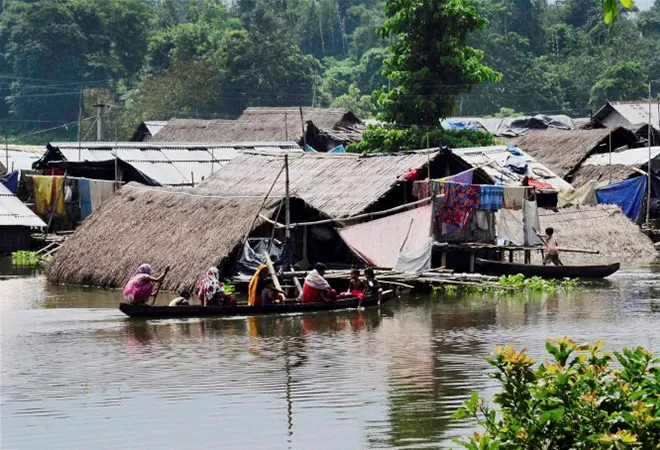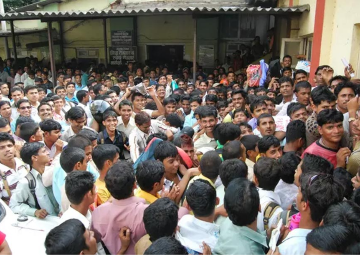In March-end, China agreed to share the Brahmaputra river water data with India, which it had withheld last year after the Doklam stand-off. The 2,900-km-long Brahmaputra, with its headwater in Tibet, flows through China, India and Bangladesh before draining into the Bay of Bengal. As of now, India receives limited data on the river’s water level, discharge and rainfall amount from three upstream monitoring stations in Tibet, starting May 15 to October 15 every year. This data is then used by India’s Central Water Commission (CWC) to predict and prepare for floods that affect the Northeast during monsoons. The unavailability of data last year undermined the effectiveness of India’s flood early warning systems, leading to massive flood-related destruction in 29 districts of Assam. While data to India was denied on the pretext of ongoing upgrade of data-collection stations in Tibet, a BBC report claimed that China had given the same data to Bangladesh.
To secure the lives of its 3.5-billion population in the fragile ecosystem of Brahmaputra, India should seek to develop its own hydrological models for flood prediction, instead of relying on China. Scientific studies reveal that monitoring real-time rainfall data collected by satellites could help India with information on approximate river discharge, which would be sufficient to predict floods in real time. Although the information provided by upstream China would be more accurate, India could mitigate the risk of any flood-related disasters by putting in place improved flood monitoring systems. Moreover, India could save the Rs 8,200,000 it pays to China for the data.
One of the reasons for India’s dependence on China for flood prediction and warning is that the Brahmaputra basin is a data-scarce region with few and unevenly distributed hydrometeorological stations, estimating the flow generated in the river. Given the current geopolitical scenario, it is important for India to expedite the process of setting up of research facilities in the Northeast to develop the potential of geospatial technology, which includes information from Global Positioning System (GPS) and Geographical Information System (GIS) and Remote Sensing technologies for accurate and dynamic flood forecast warning systems.
Apart from the flood season data, non-monsoonal flow data of the river is equally critical for India. Recent reports suggested that China’s engineers are “testing techniques” to build the world’s longest 1,000-km tunnel to redirect the Brahmaputra’s flow from Tibet to its parched Xinjiang region. The hydrological data received from China does not reveal in detail the place and time they have been recorded, thereby limiting India’s scope in detecting any upstream diversion. Examining the river’s flow on a regular basis is imperative for India, rather than on annualised basis restricted to the flood season.
Besides water quantity, the deteriorating quality of the river is also a growing concern. In 2017, the sudden discolouration of the waters of River Siang (a tributary of Brahmaputra) was attributed to debris from China’s construction activity on the river. A hydrological and water quality model while creating a comprehensive and robust real-time map of pollutants and their respective sources would thereby help in effective monitoring of the problem.
However, executing these solutions would not be possible without a proper institutional mechanism in place. Setting up of a national mission on river Brahmaputra would play a pivotal role in formulating and implementing key action plans on disaster management, hydrological data monitoring as well as infrastructure development.
Unless India builds its own capabilities, China will continue to advance its control-capabilities, and, as has been witnessed recently, New Delhi will constantly remain vulnerable to Beijing’s strong-arm tactics.
This commentary originally appeared in Hindustan Times.
The views expressed above belong to the author(s). ORF research and analyses now available on Telegram! Click here to access our curated content — blogs, longforms and interviews.




 PREV
PREV



